Engulfment
Engulfment is a process in which a cell or organism surrounds and takes in solid particles or other cells. It is a fundamental mechanism for the ingestion of nutrients, defense against pathogens, and removal of cellular debris.
Types of Engulfment
- Phagocytosis: This is the process by which cells such as macrophages and neutrophils engulf and digest foreign particles, bacteria, and dead cells.
- Endocytosis: This is a general term for the uptake of material into a cell by invagination of the plasma membrane. It includes processes such as pinocytosis and receptor-mediated endocytosis.
Mechanism of Engulfment
The process of engulfment involves several steps:
- Recognition: The cell identifies the target to be engulfed through receptors or signaling molecules.
- Attachment: The cell membrane forms a connection with the target particle or cell.
- Ingestion: The cell membrane surrounds the target, forming a vesicle called a phagosome or endosome.
- Digestion: The phagosome fuses with lysosomes to form a phagolysosome, where the engulfed material is broken down by enzymes.
- Excretion: The indigestible material is expelled from the cell through exocytosis.
Significance of Engulfment
Engulfment plays a crucial role in various physiological processes, including:
- Nutrient uptake
- Immune response
- Tissue remodeling
- Cellular homeostasis
Study Guide
Here are some key points to remember about engulfment:
- Define engulfment and its significance in cellular processes.
- Describe the types of engulfment, including phagocytosis and endocytosis.
- Explain the mechanism of engulfment, including recognition, attachment, ingestion, digestion, and excretion.
- Discuss the importance of engulfment in nutrient uptake, immune response, tissue remodeling, and cellular homeostasis.
Understanding the process of engulfment is essential for comprehending various aspects of cellular biology and physiology.
.◂Science Worksheets and Study Guides First Grade. Weather
Study Guide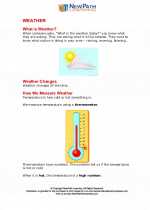 Weather
Weather  Activity Lesson
Activity Lesson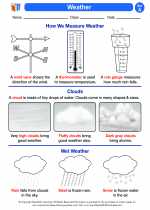 Weather
Weather  Worksheet/Answer key
Worksheet/Answer key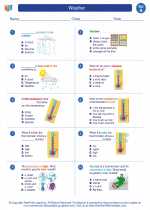 Weather
Weather  Worksheet/Answer key
Worksheet/Answer key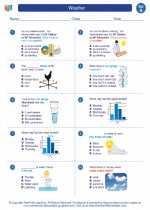 Weather
Weather  Worksheet/Answer key
Worksheet/Answer key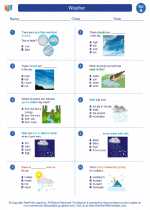 Weather
Weather  Worksheet/Answer key
Worksheet/Answer key Weather
Weather  Vocabulary/Answer key
Vocabulary/Answer key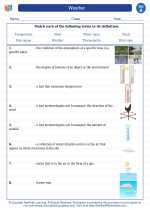 Weather
Weather  Vocabulary/Answer key
Vocabulary/Answer key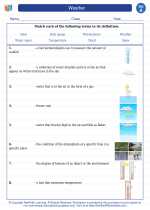 Weather
Weather 

 Activity Lesson
Activity Lesson
 Worksheet/Answer key
Worksheet/Answer key
 Worksheet/Answer key
Worksheet/Answer key
 Worksheet/Answer key
Worksheet/Answer key
 Worksheet/Answer key
Worksheet/Answer key
 Vocabulary/Answer key
Vocabulary/Answer key
 Vocabulary/Answer key
Vocabulary/Answer key

The resources above cover the following skills:
Earth Systems Science
Earth's materials can be compared and classified based on their properties. Students can:
Identify and represent similarities and differences such as the texture, size, color, and shape of various materials on Earth